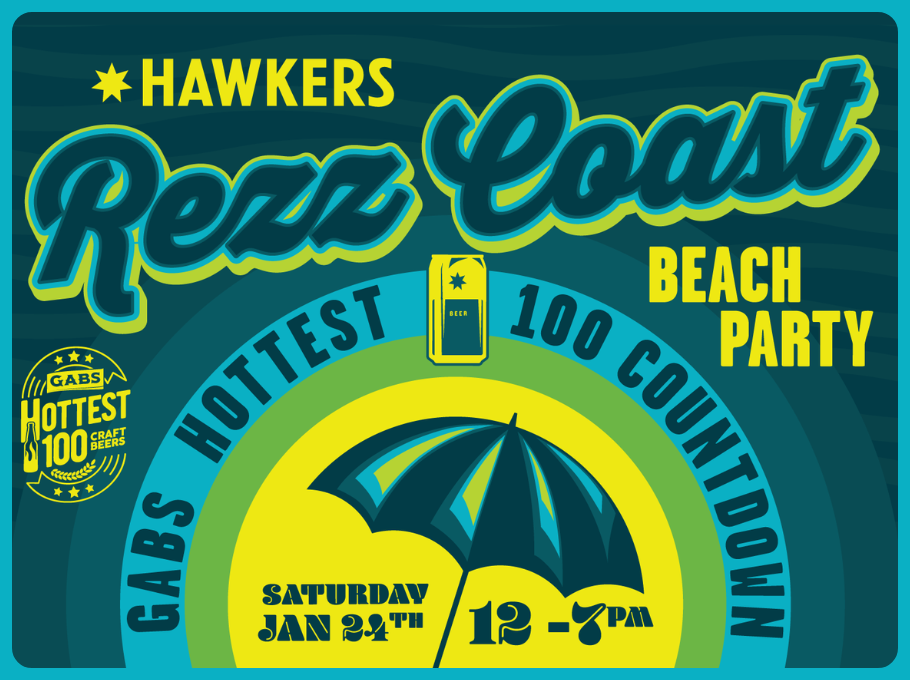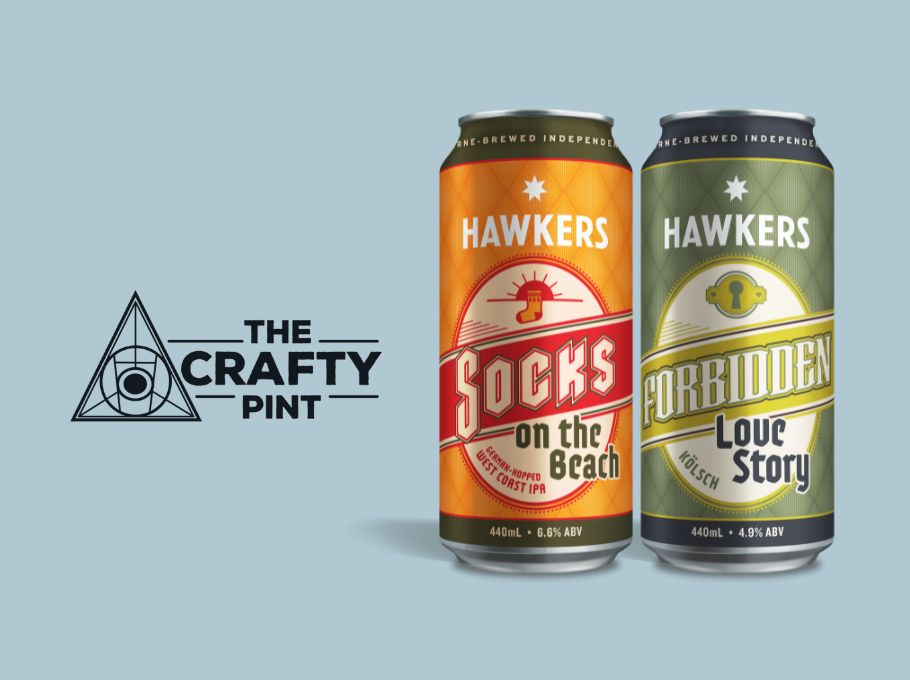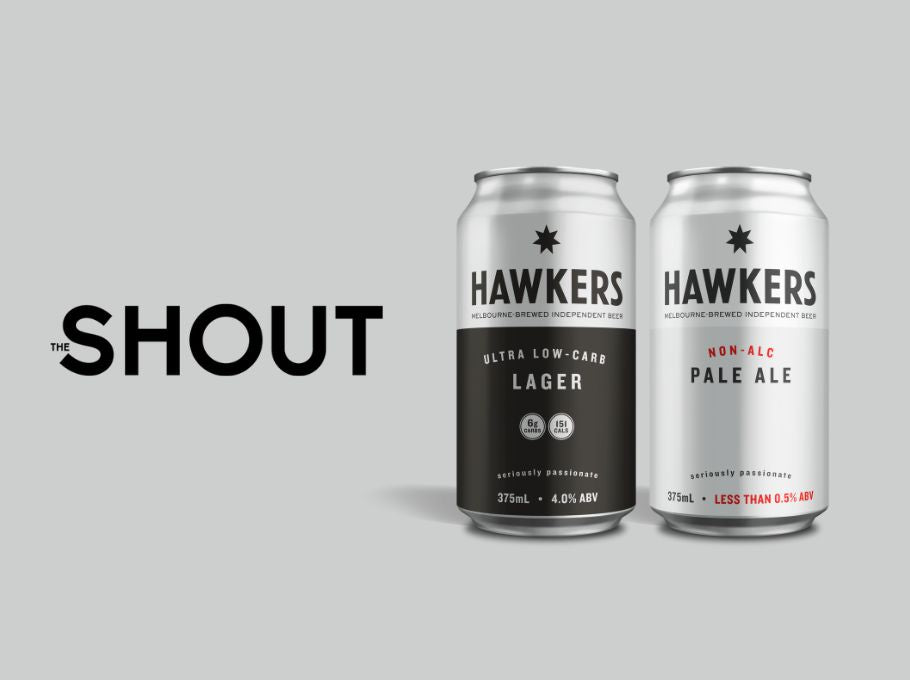![]()
You may begin finding this little icon on some of our vintage releases, which means that we've dubbed this beer as something that we think has the potential to age gracefully. That said, cellaring beer isn't an exact science, so we've added this blog to tell you what we know. Happy reading!
How about that cellaring?
Wine has been the champion of the cellar for way too long. Beer has increasingly been left to the fleeting life of the axiom “Best Fresh”. There is some truth to those words, but it can become an untrue generalisation if you try apply it broadly. All good beer is worth drinking young, but contrary to what many people may think, like wine, some beer styles do retain, even grow in complexity, becoming more nuanced as they age.
A well crafted beer does not spoil! It will not go bad in the sense that it’s going to hurt you in any way. So, don’t be afraid to try old beer. One sip is certainly not gonna kill you, and you might find a little something vastly different—in some cases, more agreeable than when the beer was young.
There is no exact science to how beer should be aged, what styles are up to taking on some extra years, or what exactly is going to happen as it ages. It’s all a wonderful experiment and consequently you need to approach it as such. This is simply a guide—nothing more, so don’t be afraid to run contrary to it.
Most beers are best enjoyed fresh. Let's first establish that!
Almost always, a brewer releases a beer when it is exactly right and tastes just as they intended for it to taste (we certainly do that here at Hawkers). Yes, some beers can improve with age, but cellaring beer provides no guarantee that the beer will be any better than when it was fresh.
With that disclaimer out of the way, when should you consider cellaring a beer and how do you even go about starting down that path?
To age or not to age? That is the question.
Like many beery things in life, cellaring is largely a personal journey, and a potentially very rewarding and enjoyable beer experience.
For those who enjoy cellaring, the gamble can pay off. Many craft beer fans enjoy the cellaring journey as well as the complexity that proper ageing can add to craft beers. Additionally, vintage beers offer an opportunity to create new experiences that are uniquely in the individual’s control.
The key to cellaring is to control as many environmental factors as possible to ensure the beer is ageing properly and not just getting old.
The proverbial “cool dark place” is usually the best place to age beer and here are a few things to consider in creating the ideal cellaring environment:
- Beer style: beers with a high percent ABV and strong flavours tend to handle age better than others.
- Light: ultraviolet light reacts with compounds in beer to develop a skunky character. Store all beer in the dark.
- Temperature: warmer temperatures speed up ageing. Keep beers cool to cold, but not too cold. Too cold and the beer will age very slowly, too warm and the beer will mature quickly, but with potentially negative side effects. The “sweet spot” temperature of beer ageing is 13 °C. However, temperatures between 0 °C and 21 °C are acceptable for ageing beer.
- Movement: agitation aides in the effects of oxidation and age. Just leave them be, don't keep touching and moving them.
- Orientation: Beer sealed with a metal crown cap or in cans should be stored upright and left undisturbed. No need to lay them on their side, in fact upright minimises the surface area and reduces interaction with oxygen. This will allow the yeast to settle to the bottom of the bottle and make it easier to pour a sediment-free glass when the time comes to serve it. The orientation of bottles sealed with a cork and cage is the subject of much debate. If the relative humidity of your storage area is low (less than 55%), there is a greater potential for the cork to dry out if the bottle is stored upright with the cork not in contact with the beer inside the bottle. The resulting dried-out cork may allow oxygen to enter the bottle, producing cardboard-like or even burnt flavours to develop in the beer.
- Aviod cellaring swing top bottles, especially if you plan on cellaring for years as they allow the most oxygen ingress compared to the other choices.
Looking through some of the beer styles out there can give us ideas of strong, sour, and smoked beer styles that might be candidates for cellaring:
Baltic Porter
Old Ale
Barleywine
Imperial Stout
Strong Ale
Flanders Red Ale
Lambic
Belgian Strong Ales

What ageing brings
Each beer responds differently to ageing. Each has been brewed a specific way, with specific yeasts, specific practices, and a unique grain bill; so each will show their age differently. Some of the changes that occur are the result of chemical processes, while some are biological. But generally, there are some changes that have been shown will happen over time.
- Bitterness will decrease.
- Ribes flavour (catty, or black current) will increase for a time then decrease.
- Cardboard (stale) flavours increase somewhat slowly.
- Banana and some other fruity esters decrease.
- Harshness and astringency caused by bitterness increases.
- Other esters associated with a wine-like (sherry/stale fruit) taste increase.
- Earthy character may deepen.
- Some cyclic esters, responsible for peachy, fruity flavours will increase.
- Sweet flavours and aromas increase.
- Leathery (burnt sugar, toffee, caramel) flavours and aromas increase.
- Floral/fresh flavours decrease.
- Darkening of colour
Sour beers have their own dynamics as they age. Generally speaking, sourness fades as a beer ages (although sometimes they may taste more sour because the other flavours have diminished at an even higher rate). As the sour character declines, other flavours that are typically part of a sour beer flavour profile become detectable, thus the beer becomes more “layered”. Because bottle-conditioned sour beers can have microorganisms that often continue to ferment any remaining complex sugars, producing complexity while continuing to dry out the finish. Sour beers can change dramatically over time, so sampling at regular intervals can be very interesting and rewarding.
Final thoughts on aging beer
Breweries release beer ready to drink. This is the time the beer stands as the brewmaster intended it. Not all beers are meant or suitable for ageing, so when in doubt, drink it fresh.
Drink one fresh!
Understanding how beer changes over time only works if you have an understanding of what it tasted like to begin with. If there is a beer you want to cellar, buy 2 (or more!) and make sure to open one soon. We recommend buying more than two and tasting progressively as the beer ages, to fully appreciate the journey and understand when each beer "peaks" for you. Remember, this is a very personal experience and the point at which it "peaks" can be different for different people. Also remember, cellaring conditions will vary cellar-to-cellar. Minute differences are exaggerated and amplified with time, so beers held under slightly different conditions can end up vastly different with time.
Our tastes might evolve, but our memories are never the same.
While beer changes over time, so do our palates and tastes. Be cognisant that comparing the flavour of a 5-year-old beer in your glass to your memory of it long ago is nearly impossible. Enjoy the beer in front of you!




